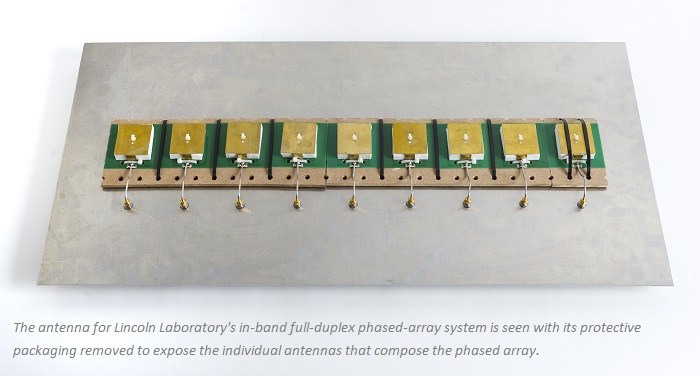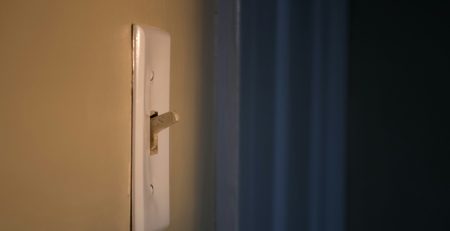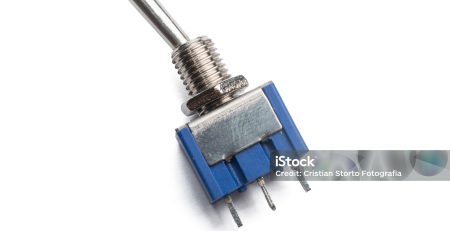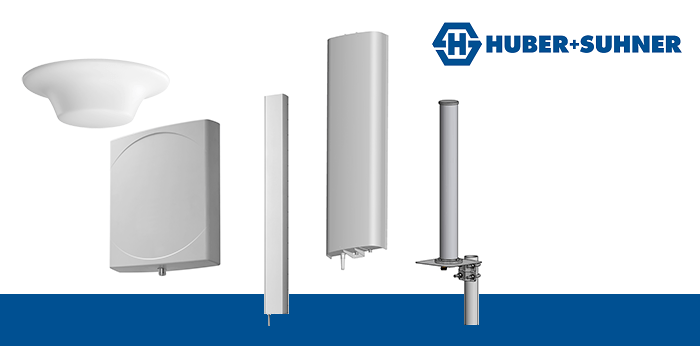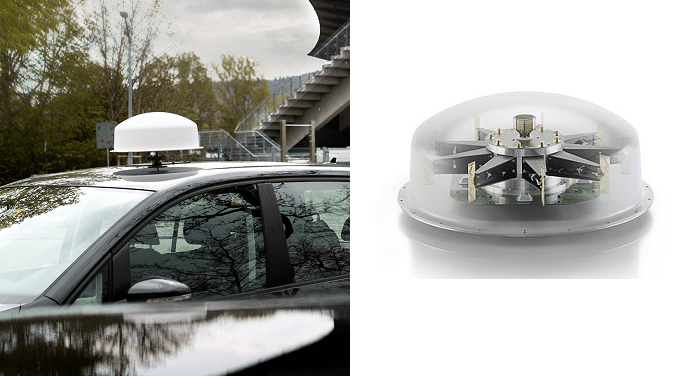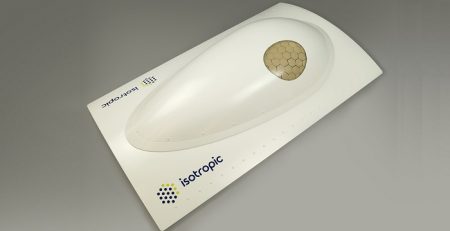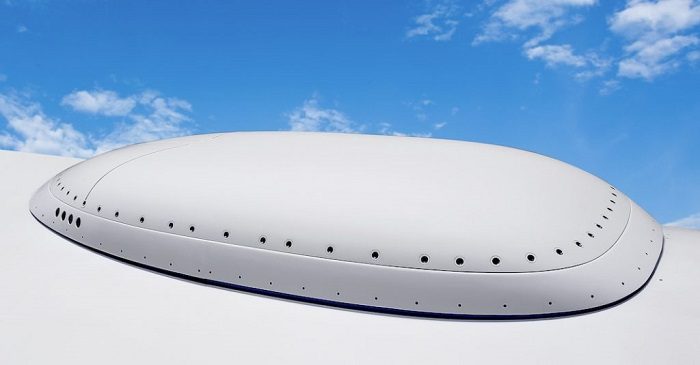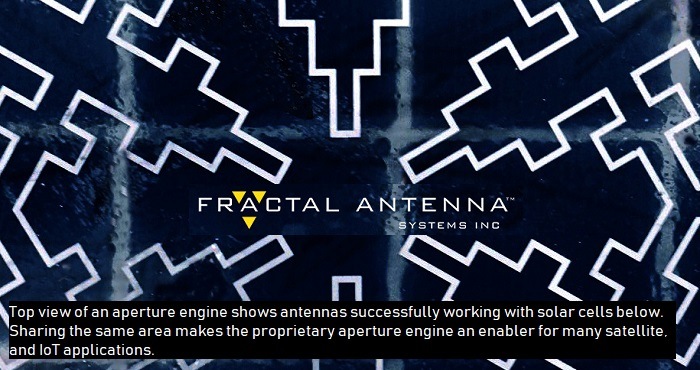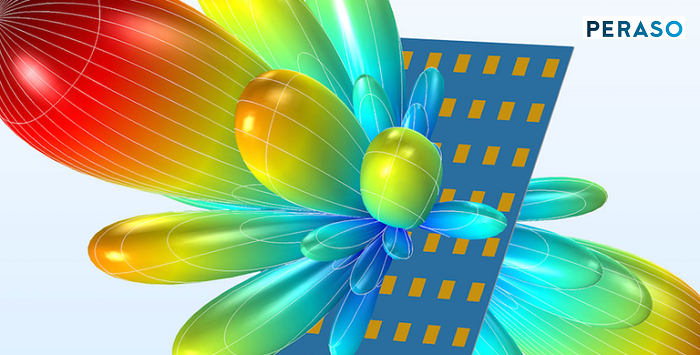Why Absorbing Materials Are Added to the Back of Cavity-Backed Spiral Antennas?
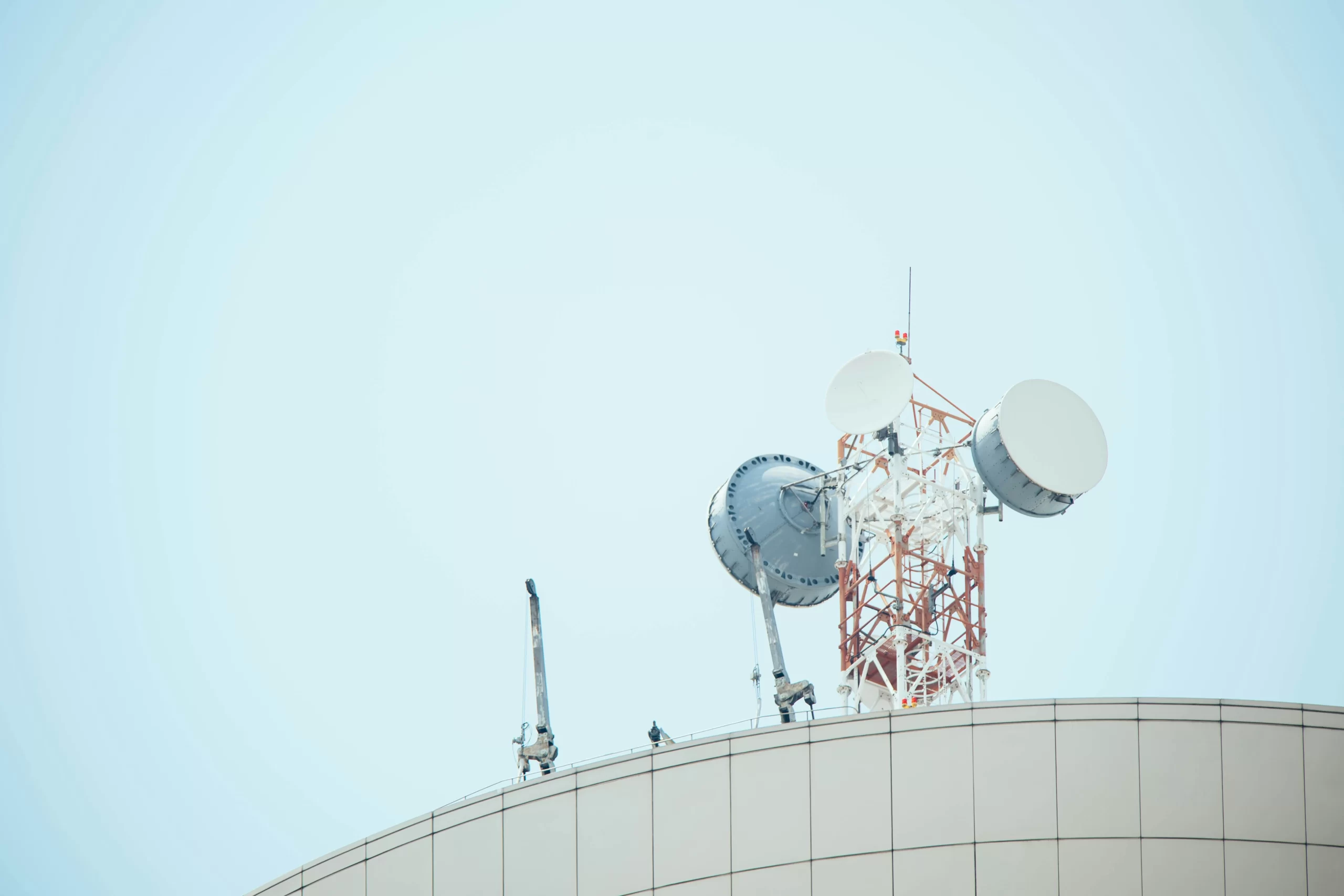
The Role of Absorbing Materials in Cavity-Backed Spiral Antennas
What Are Absorbing Materials?
Absorbing materials, commonly known as microwave absorbers or electromagnetic dampeners, are unique compounds engineered to capture electromagnetic energy instead of bouncing it back. Within the realm of cavity-backed spiral antennas, these materials typically consist of blends such as carbon-loaded foam, ferrite tiles, or dielectric polymers. Each variety boasts distinct characteristics suited to particular frequency bands and uses.
- Carbon-Loaded Foam: Featherlight and adept at soaking up high-frequency waves.
- Ferrite Tiles: Superb for absorbing low-to-mid frequency ranges with significant magnetic dissipation.
- Dielectric Polymers: Adaptable and adjustable for wide-ranging performance.
Integration into the Antenna’s Cavity
In a cavity-backed spiral antenna, the absorbing material is deliberately positioned inside or at the rear end of the hollow cavity, mirrored framework that strengthen the spiral radiating component. This arrangement isn’t random; it’s a thoughtful choice to manage electromagnetic activity within the device. The material coats the rear surface or occupies sections of the cavity, serving as a shield between the spiral and the reflective walls.
Purpose of Absorbing Materials
The chief aims of embedding absorbing materials are threefold:
- Minimize Unwanted Reflections: Without absorbers, electromagnetic waves rebounding off the cavity surfaces can disrupt the emitted signal, and affect the efficiency.
- Enhance Impedance Matching: Absorbers assist in syncing the antenna’s impedance with the transmission line, reducing signal depletion.
- Refine Radiation Patterns: By suppressing reflections, absorbers produce a sharper, more focused radiation pattern, essential for tasks demanding accuracy.
These roles together elevate the antenna’s productivity, positioning it as a preferred option for technicians addressing intricate RF obstacles.
Why Add Absorbing Materials to the Back of Cavity-Backed Spiral Antennas?
 Challenges of the Back Cavity
Challenges of the Back Cavity
The back cavity in a spiral antenna is both an asset and a drawback. It amplifies the antenna’s gain by channeling energy forward, yet it also poses difficulties:
- Reflections: Unrestrained waves rebound inside the cavity generate standing waves, resulting in signal distortion.
- Interference: These echoes can clash with the primary emitted signal, diminishing sharpness and productivity.
- Limited Bandwidth: Without proper oversight, the cavity can restrict the antenna’s functional frequency scope.
These complications are especially troublesome in broadband scenarios where steady performance across a broad frequency range is essential.
How Absorbing Materials Mitigate These Issues
By installing absorbing materials at the cavity’s rear, engineers can subdue these hurdles:
- Absorption of Surplus Energy: The material traps stray electromagnetic waves, stopping them from rebounding into the spiral.
- Suppressing Interference: This dampening curbs constructive and destructive interference, steadying the signal.
- Broadband Enhancement: With reflections reduced, the antenna sustains performance over a wider frequency span—imagine 2 GHz to 18 GHz, as exemplified in models like the OBS-20180 cavity-backed spiral antennas.
Benefits for End-Users
For experts in RF engineering, the addition of absorbing materials yields concrete perks:
- Heightened Efficiency: Less energy is squandered on reflections, optimizing output strength.
- Wider Bandwidth: Perfect for multi-frequency uses such as satellite uplinks or radar sweeps.
- Diminished Signal Distortion: Crisper signals ensure superior data reliability, vital for communication networks.
Whether you’re setting up a radar grid or calibrating a satellite receiver, these gains guarantee your setup excels.
Technical Benefits of Using Absorbing Materials
 Improved Gain and Directivity
Improved Gain and Directivity
Absorbing materials don’t merely avert setbacks, they actively elevate performance. By cutting down backscatter, they boost the antenna’s gain (the gauge of how effectively it concentrates energy in a chosen direction) and directivity (the capacity to target that energy accurately). For example, a skillfully crafted cavity-backed spiral antenna with absorbers can attain gains surpassing 5dBi across its bandwidth, rendering it a formidable tool for focused operations.
Reduction in Back Lobes and EMI
Back lobes, undesired radiation trailing the antenna can cause chaos in delicate settings by triggering electromagnetic interference (EMI). Absorbing materials end these lobes, directing energy in the forward direction.
Real-World Applications
Reflect on these instances where absorbing materials prove impactful:
- Radar Systems: The OBS-2040 cavity-backed spiral antennasleverages absorbers to guarantee accurate target identification without back-lobe disruption.
- Satellite Communication: High-frequency variants like the OBS-180265 cavity-backed spiral antennasdepend on absorbers for pristine uplinks and downlinks.
- Electronic Warfare: Broadband capability with minimal distortion is crucial for jamming or signal reconnaissance.
| Application | Frequency Range | Key Benefit from Absorbers |
| Radar Systems | 2 GHz – 4 GHz | Diminished back lobes |
| Satellite Comm. | 18 GHz – 26.5 GHz | Sharper signal clarity |
| Electronic Warfare | 2 GHz – 18 GHz | Expanded operational bandwidth |
RFecho: Your Trusted Supplier for Cavity-Backed Spiral Antennas
RFecho’s proficiency in antenna craftsmanship is evident in its cavity-backed spiral selections. With a crew of seasoned technicians, the firm offers not only products but customized answers, ensuring you receive the ideal specifications for your needs. Their alliances with renowned institutions like Cambridge University, Harvard University, Google, and Facebook highlight their trustworthiness, while partnerships with leading RF producers establish them as a pivotal supplier globally. Whether you seek a broadband spiral antenna for a pioneering initiative or expert guidance to refine your setup, RFecho provides outstanding results consistently.
FAQs About Absorbing Materials in Cavity-Backed Spiral Antennas
Q1. What Are Absorbing Materials in Cavity-Backed Spiral Antennas?
A1. Absorbing materials are electromagnetic energy-absorbing compounds, such as carbon-loaded foam or ferrite tiles, embedded within the cavity of a spiral antenna. They lessen reflections and improve performance by transforming excess RF energy into trivial heat.
Q2. Why Are Absorbing Materials Essential for Antenna Performance?
A2. They’re indispensable because they tackle cavity-related problems like reflections and interference. Without them, the antenna’s productivity, bandwidth, and signal fidelity would falter, undermining its utility in rigorous applications.
Q3. Can Cavity-Backed Spiral Antennas Work Without Absorbing Materials?
A3. Yes, but with notable drawbacks. Lacking absorbers, you’d encounter amplified back lobes, a tighter bandwidth, and weakened impedance matching. For simple, low-priority uses, this might do, but advanced systems require the precision absorbers deliver.
Ready to Optimize Your Antenna Performance?
Absorbing materials are far more than a minor adjustment—they’re a foundation of contemporary cavity-backed spiral antenna design. From curbing reflections to amplifying gain, they unleash the complete capability of your RF setup. Whether you’re enhancing a radar array or establishing a satellite connection, selecting the right antenna is paramount. Discover RFecho’s assortment of cavity-backed spiral antennas today and advance your project with state-of-the-art solutions. Eager to begin? Visit RFecho’s homepage to engage with their skilled team and pinpoint the perfect fit for your requirements.

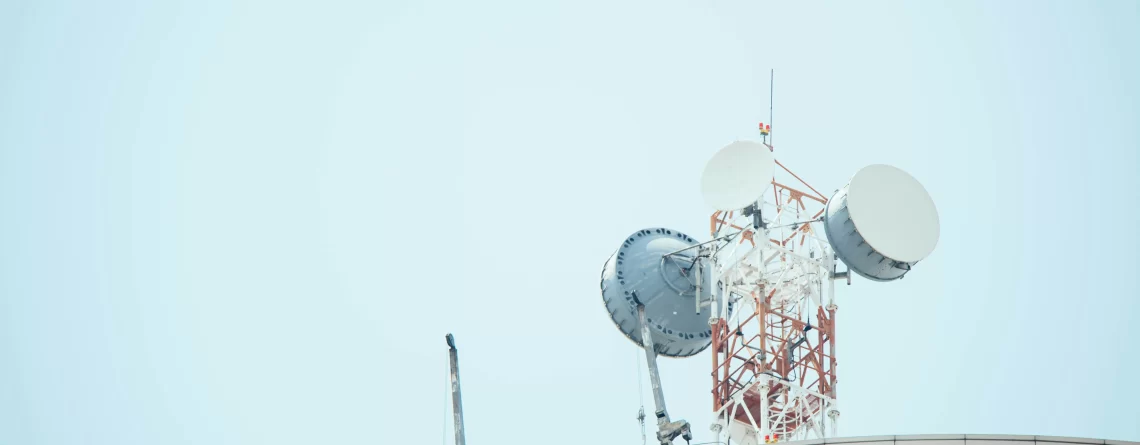
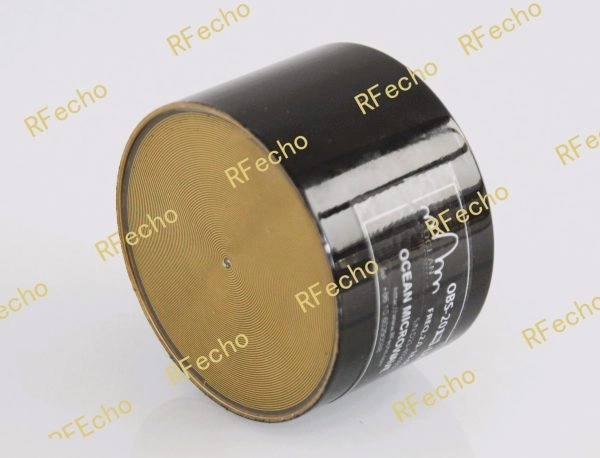
 Challenges of the Back Cavity
Challenges of the Back Cavity Improved Gain and Directivity
Improved Gain and Directivity